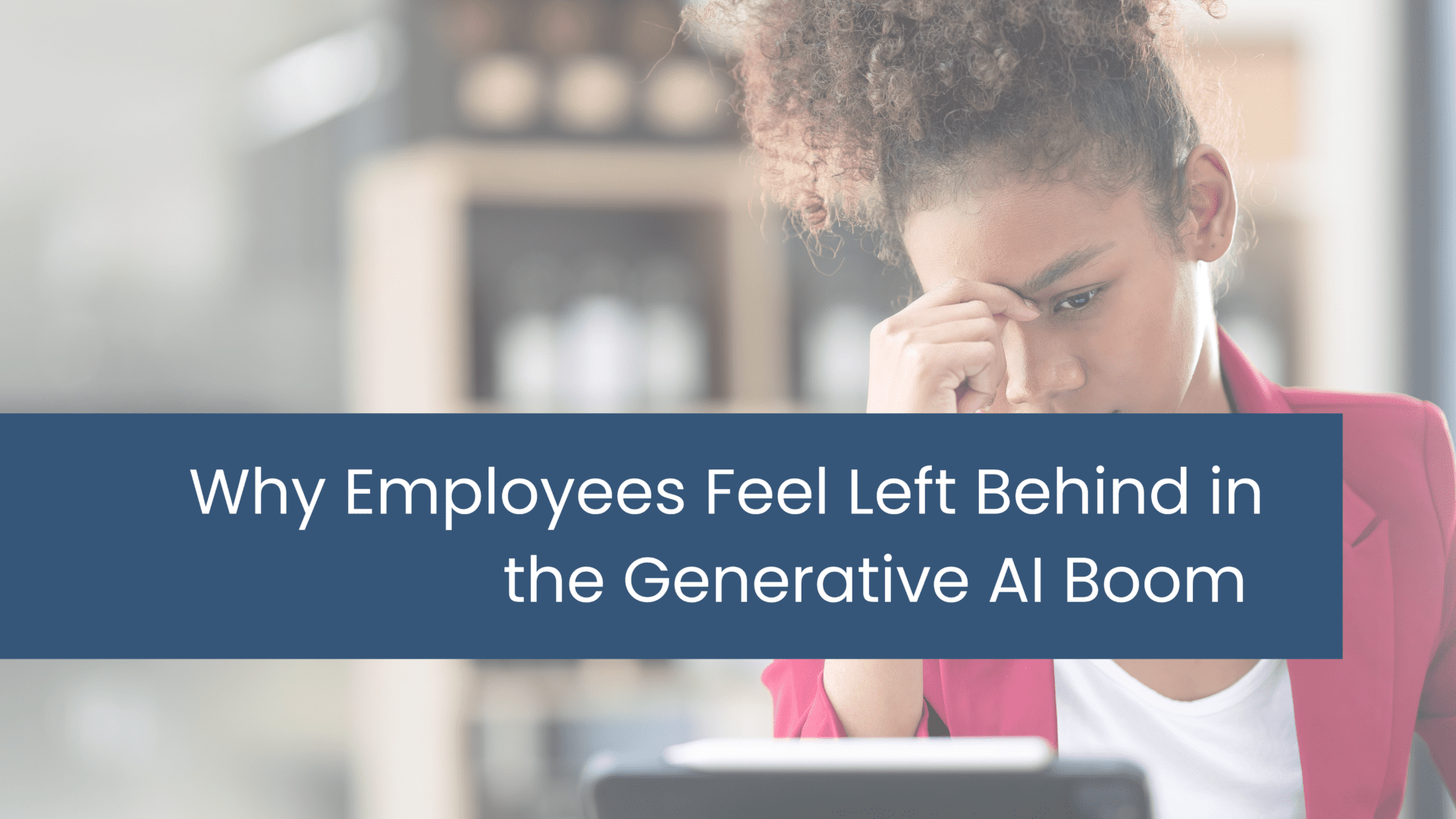Bridging the AI Training Gap: Why Employees Feel Left Behind in the Generative AI Boom

Many companies are eager to make more use of generative AI for their businesses. According to a recent Accenture Pulse of Change report, 86% of leading executives claim that they are willing to invest more into generative AI by 2025. However, most employees feel as if they are not ready to keep up.
The Confidence Divide: Leaders vs. Employees
While the leaders are confident, employees remain worried. According to the report, 58% of employees say that they are not fully prepared for all the changes the new technology is bringing, and on the other hand, 92% of C-suite leaders believe that their teams are fully ready. This gap is slowing down progress. As a result, when employees don’t feel supported or trained, they avoid using AI tools, even if they could make their jobs easier. The confidence gap, therefore, is staggering.
Two Perspectives, Two Realities
Let’s talk about both perspectives. Leaders face the challenge around tech infrastructure, claiming, “Do we have the right systems and data to support AI?”, or “If we spend money on AI, will it actually help the business?”, wondering whether the investment would even be worth it. On the other hand, over half of the employees (55%) believe they lack basic training and clear instructions, and here’s why they refuse to use AI.
- 25% believe that they don’t have enough training or support.
- 23% worry that the tools aren’t accurate.
- 22% are not sure of how to fit AI into their routine work.
The Disconnect in Optimism
C-suite leaders are incredibly optimistic. 83% of the leaders firmly believe that AI will bring a massive change to their businesses, and only 70% of the employees agree. With leaders being more focused on the bigger picture – staying competitive and managing risks, employee training is often overlooked. Only 12% said improving workforce skills was the main reason for their AI investment.
What Needs to Change: Meet Employees Where They Are
Organizations must understand that to utilise the full potential of generative AI, it’s important for leaders to meet the employees where they are. More than just investment and excitement, action is required. Starting off with robust training programs that are easily accessible and ongoing for employees to educate them on the correct use of AI, along with clear, use-case-driven guidelines for AI tool adoption. It should also be the prime goal to ensure that all employees feel supported and heard throughout the process.
AI is more than just a tech challenge, it’s rather safe to call it a people challenge. To determine which organization can effectively thrive in the age of AI, the gap between the leadership vision and employee readiness must be filled.

